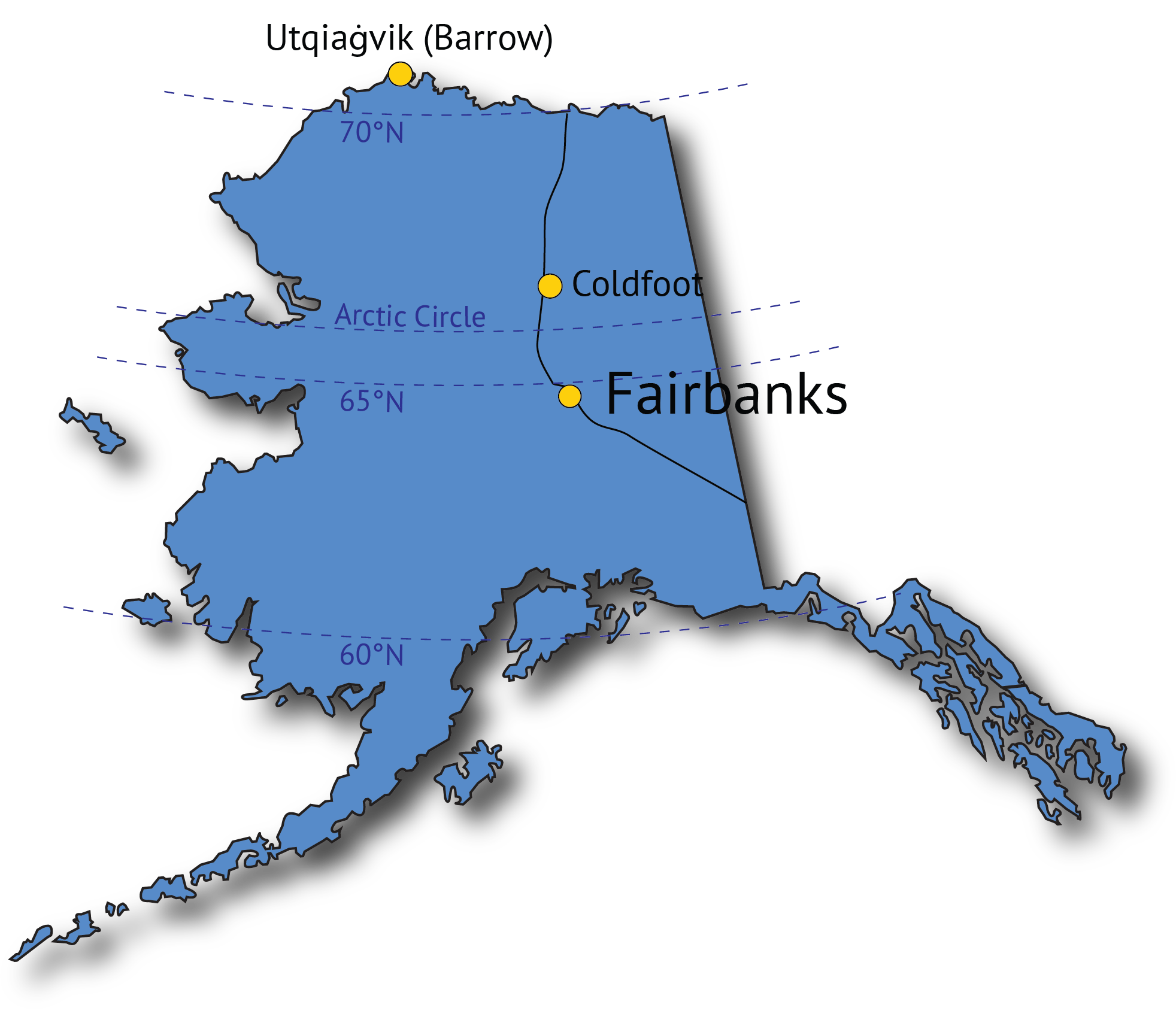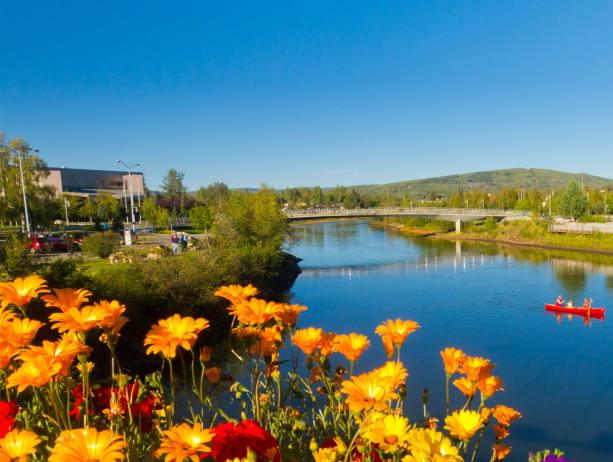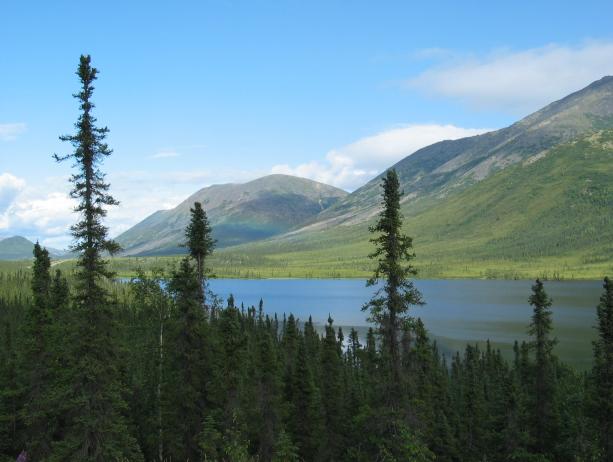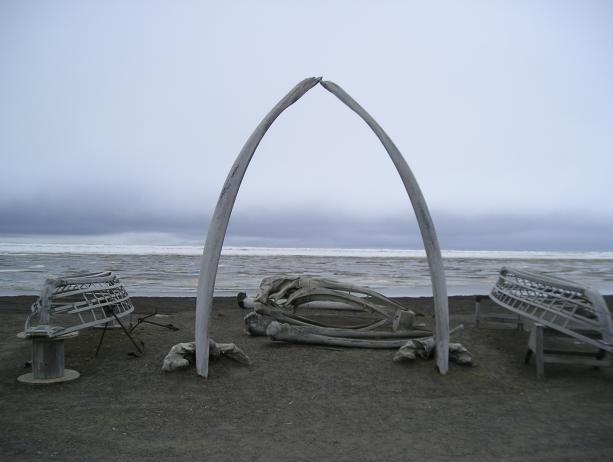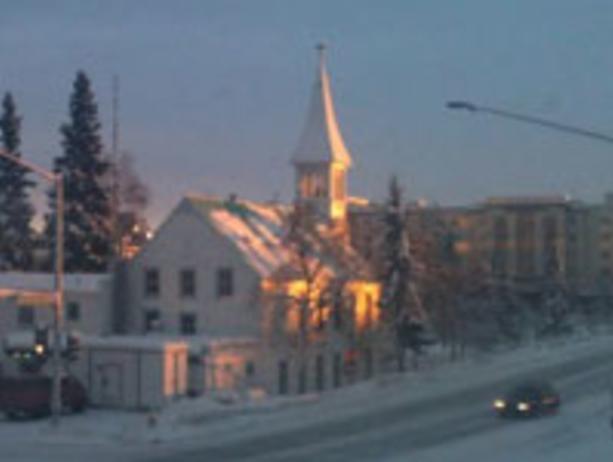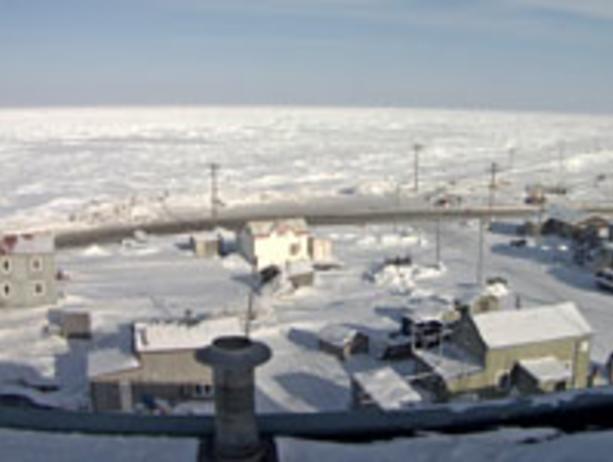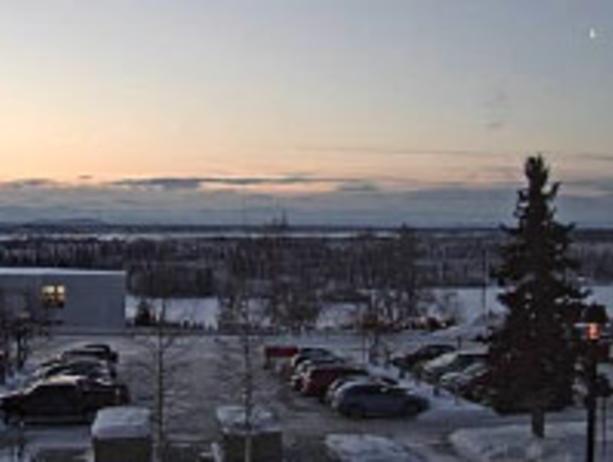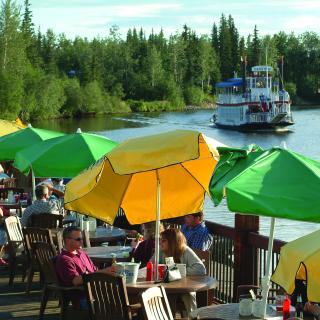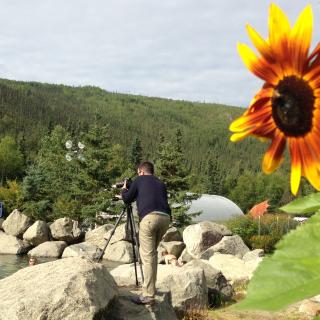Can I see the Aurora right now?
Aurora Season: August 21-April 21
Check back frequently to see how up-to-the-minute, real-time aurora viewing opportunities change based on current aurora activity, weather and daylight.
When can I see the Midnight Sun?
Midnight Sun Season: April 22-August 20
Change the date on the calendar to see how the amount of daylight hours changes throughout the year.
Click on place names to see how chances of seeing the aurora borealis can differ based on location.
Click on place names to see how the chances of seeing the midnight sun differ based on location.







